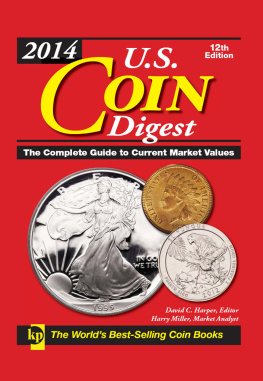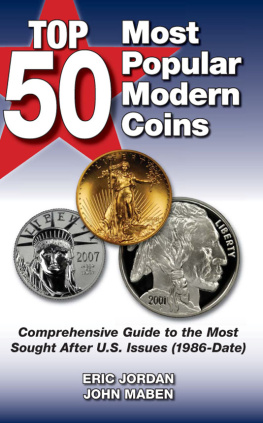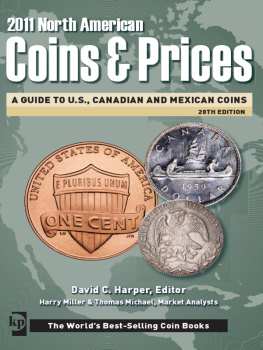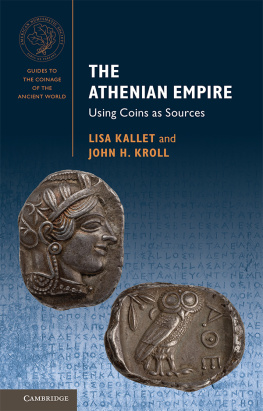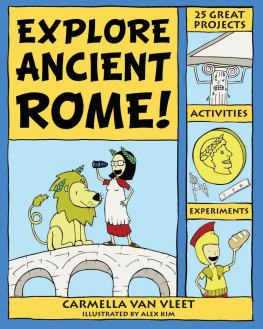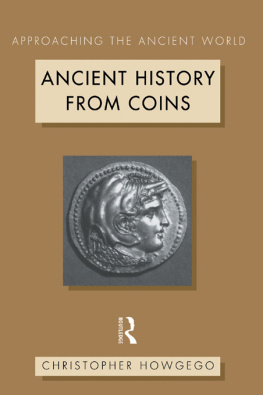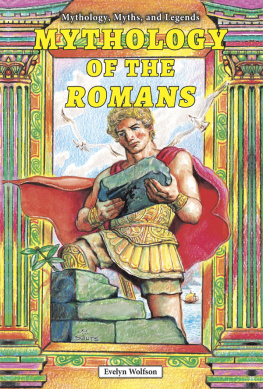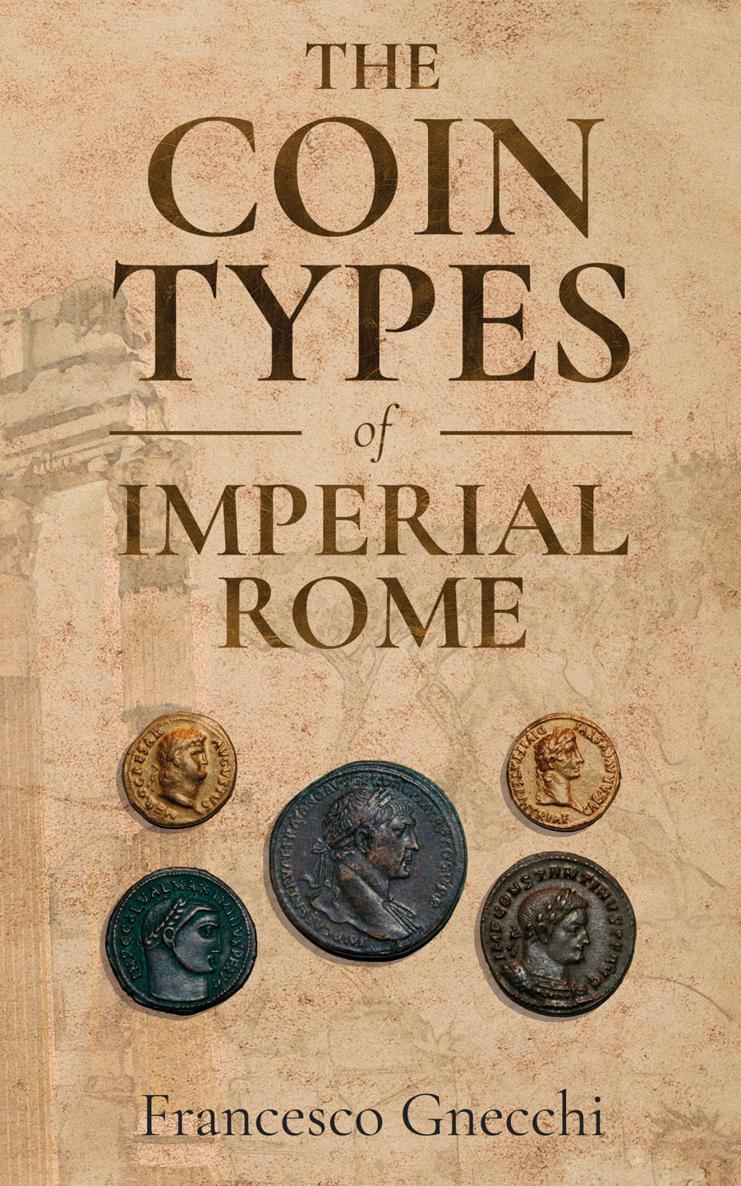THE COIN TYPES OF IMPERIAL ROME
WITH PLATES AND SYNOPTICAL TABLES
BY
FRANCESCO GNECCHI
TRANSLATED BY
EMILY A. HANDS
Published by Left of Brain Books
Copyright 2021 Left of Brain Books
ISBN 978-1-396-32034-7
eBook Edition
All rights reserved. No part of this publication may be reproduced, distributed, or transmitted in any form or by any means, including photocopying, recording, or other electronic or mechanical methods, without the prior written permission of the publisher, except in the case of brief quotations embodied in critical reviews and certain other noncommercial uses permitted by copyright law. Left of Brain Books is a division of Left of Brain Onboarding Pty Ltd.
Table of Contents
PREFACE.
PART I. GODS, DEMI-GODS AND HEROES. PLATES I-VIII.
Synoptic View of Gods, DemiGods and Heroes.
The Divinities and Their Relative Types.
Other Gods, Semi-Gods, and Heroes.
PART II. ALLEGORICAL PERSONIFICATIONS.
Synoptic Table of the Allegorical Personifications.
Sketch of the Allegorical Personifications with Their Relative Types and Symbol.
PART III. THE IMPERIAL RECORDS.
I. The Emperor.
II. The Senate.
III. The People.
IV. The Army.
V. Provinces, Cities and Rivers.
VI. Public Events.
VII. Prayers for the Emperor.
VIII. Games.
IX. Monuments.
PREFACE.
The Imperial Roman Coinage, during the four centuries from the beginning of the Empire until the time of Romulus Augustulus, gives us, in uninterrupted succession, a series of little less than two hundred rulers.
In the obverse types of the coins we have a more extensive series of portraits than is generally known; in the reverse types a series so numerous and varied that it may almost be called infinite. While, however, the first has been repeatedly described and illustrated, the second, although numerous studies refer to it, has never been completely described.
Such will be the scope of this work in which I propose to give in synthetic form a general view of the coin types of the Empire.
The Roman Coinage, as is well known, is always the faithful reflection of the history, political, religious and social, of the Roman world, follows its vicissitudes of fortune regularly and constantly, noting and registering with its types not only the events but the evolutions of thought, thus becoming for us the most copious fount of information, a most authentic historical document
A synthetic table of the coin-types is, therefore, not only a statistical curiositymost interesting from the contrast between its exuberant riches and the extreme poverty of the present age in which we see the different nations striving to find a single type for their own coinageit may also be the first step in successive inquiries, and to this initial study once accomplished, others will be able to give, in consequence, a much greater development.
The inquiry as to how and with what symbols every type was represented, the investigation into the origin and contemporary significance of each one, the observation as to what epoch, and why, and under which Emperor every type was introduced, in what period most widely used, when and by whom abandoned, or by whom resumed, the comparison between the original types and successive derivations, the evolution of the latter, the withdrawing of some type or of some detail fallen into disuse, these are all points of interest which, aided and illuminated by the coins themselves, may greatly add to our knowledge of the Roman world.
In the republican coinage the obverse was invariably consecrated to the divinity; so that for several centuries a sacred figure constituted the sign of the state coinage. When, with the advent of the Empire, the imperial effigy was substituted for that of the divinity on the obverse of the coinage, a very great number of types was represented on the reverse in which, however, the sacred element always predominated, so that the greater part of the money, say two-thirds may be considered as dedicated to subjects either altogether sacred or at least connected with religion. On them are figured especially the gods of Olympus, demi-gods and heroesthose allegorical personifications which are one of the most singular and certainly the commonest characteristic of the Roman Coinage.
On the remaining third are included all those other types which refer to imperial acts, allocutions of the Emperor, congiarii, triumphs, arrivals, departures, journeys, and more rarely, to the senate and the people, to the cities and the provinces and also to monuments, temples, circuses, arches, bridges, gates &c. and an infinite number to public events.
It is evident that a strict division is impossible, and we meet with many types which may belong equally to two categories or which it is difficult to place in either; this however does not prevent the work from being divided roughly into three parts, devoting the first to gods, demi-gods and heroes; the second to allegorical personifications; and the third to imperial, civil and military types.
I certainly do not claim to offer a perfect work, but content myself with giving a sketch which may be altered, improved and completed in the future.
PART I.
GODS, DEMI-GODS AND HEROES.
PLATES I-VIII.
The Roman Olympus is but a derivation from the Greek Olympus with modifications and additions of its own or taken from the neighbouring and allied races. The Roman instinct for assimilation, after having accepted as much as was adapted to its own genius, continued to develop gradually according to circumstances; and, as in the subjection of the world to the Romans, Rome increased little by little, and first the neighbouring tribes and then those more distant became Roman citizens forming one single family, so also in Olympus did the old Greek ideas of deity form one harmonious whole with the other local deities, Roman, Latin, Italian, European, Oriental or African, in accordance with the successive enlargements of the Empire.
The Roman Olympus consisted of twelve principal deities; in lower rank there follow many other divisions in regular hierarchical order which descend gradually to the heroes and to the legendary beings belonging either to heaven or earth. Of the twelve chief deities, ten, except for modifications of name and adaptations which we might call acclimatization, are taken from the Greek Olympus and are Jove, Juno, Minerva, Apollo, Diana, Mars, Vulcan, Mercury, Venus and Vesta.
Two more were added as national emblems, Janus and Quirinus. In secondary order follow other deities of heaven and earth, the sea, the winds and woods; the Sun, Moon and Stars, the Muses, the Graces, Cupid, Aesculapius, the Fates, the Dioscuri, Centaurs, Neptune, the Nymphs, Nemesis, Cybele, Terra, Ceres, Pomona, Saturn, Pluto, Proserpina, Hercules, Bacchus, the Satyrs, Silenus, Pan, Sylvanus, Faunus, Priapus and others.
But it is not suggested that these divinities maintain their hierarchical order on the coins and are represented on them in relation to their rank. Rome, for the special reasons to be explained hereafter, has the first place, and among the others there is a great diversity of treatment so that some of the deities are almost totally neglected, while to some other simple hero, Hercules, for instance, a splendid series of coins is dedicated. One fact worthy of notice is this, that while upon the coinage of the Empire, of Augustus and of Csar, masculine and feminine deities are represented without distinction, upon that of the Empresses only feminine deities appear, Apollo and Mars forming a slight and passing exception upon some of the coins and medallions of the younger Faustina.


